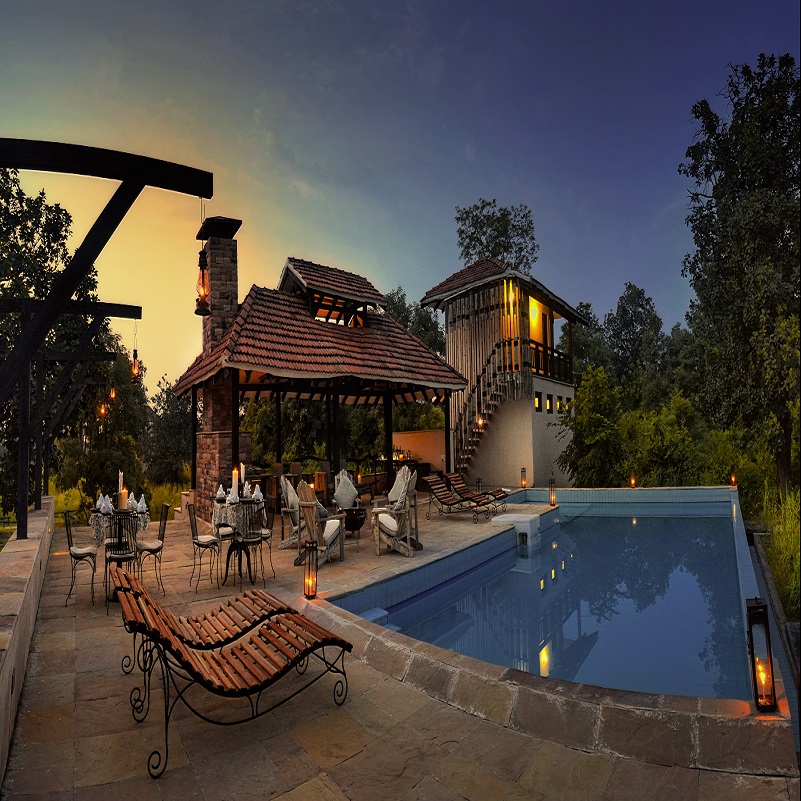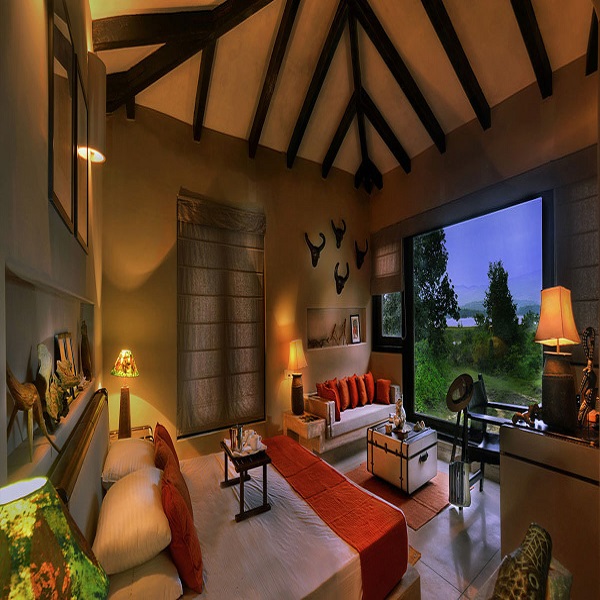Mukundara Hills National Park
Mukundara Hills National Park: Where Wilderness Unfolds its Secrets
Curled up in the Hadoti area of Rajasthan, India, the Mukundara Hills National Park is located as a testament to the feral loveliness of nature. Established in 2003, this national park is a somewhat recent expansion to India’s wildlife havens, however, it has quickly earned distinction for its extraordinary geography and diverse flora and fauna. Circulate over a comprehensive region of roughly 200 square metres, the grassland is a sanctuary for wilderness lovers and nature enthusiasts correspondingly.
Mukundara Hills National Park appears as a symphony of personality and narrative, where the buzz of the wild harmonises with the echoes of a bygone period. The park’s responsibility for tiger preservation, associated with its diverse wilderness and unique geographies, brings it a gem in Rajasthan’s ecological dome. As travellers explore Mukundara’s wilderness, they also untangle the chronological lines that intertwine through the province. Mukundara Hills National Park beckons those seeking a rendezvous with nature’s curiosities and a glance into the porters of Rajasthan’s prosperous ancestry.
Connectivity Options
Air:
The nearest airport is Jaipur International Airport, approximately 245 kilometres away. From the airport, one can hire a taxi or use public transportation to reach Mukundara Hills National Park.
Rail:
The nearest railway station is Kota Junction, around 90 kilometres away. Kota is well-connected to major cities, and from the railway station, one can hire a cab or use buses to reach the national park.
Road:
Mukundara Hills National Park is accessible by road, and buses and private taxis connect it to major cities in Rajasthan.
Accommodation Options:
Mukundara Tiger Reserve Guest House:
Located within the national park, it offers a close-to-nature stay experience.
Hotels in Kota:
Several hotels in Kota, including budget and luxury options, provide accommodation for visitors to Mukundara Hills National Park.
Resorts near Chambal River:
For those seeking a tranquil stay, resorts along the Chambal River offer a serene environment.
A Tapestry of Landscape: Mukundara's Unique Charm
1. Geographical Marvel
Mukundara Hills National Park is situated in the southeastern portion of Rajasthan, encompassing the Mukundara range. The geography, characterised by cliffs, canyons, and innumerable water bodies, requests a striking difference from the arid geographies naturally associated with Rajasthan. The Banas River meanders through the playground, adding a lifeline to the diverse ecosystems that call Mukundara residents.
2. Flora Diversity
The park shows off a prosperous tapestry of greenery, varying from dry deciduous groves to tropical mixed woodlands. Dhok, tendu, bamboo, and ber are among the dominant tree species, developing a diverse habitation that funds an assortment of wildlife. The verdant geographies colour a picturesque setting against the surroundings of the Mukundara hills.
3. Historical Significance
Mukundara Hills National Park is not simply a wildlife sanctuary but furthermore carries chronological importance. The province was once a royal hunting ground for the Maharaja of Kota. The leftovers of the historic Gagron Fort and the mediaeval city of Kota add a coating of artistic richness to the park, earning it a terminus where personality and past converge.
Wildlife in Mukundara Hills National Park
1. Royal Bengal Tigers: The Crown Jewel
Mukundara is renowned for standing as one of the rare areas in Rajasthan where the magnificent Royal Bengal Tigers roam willingly. The park was announced as a tiger reserve in 2013, intending to preserve and safeguard this iconic species. The inaccessible tigers, with their distinctive streaks, are the pinnacle treasures of Mukundara’s wildlife inhabitants.
2. Leopard Haven
Apart from tigers, Mukundara is home to a thriving denizens of leopards. These evasive big cats navigate the rocky landscapes and dense greenery, summing up an understanding of the secret to the park. The co-occurrence of tigers develops an extraordinary dynamic in the ecosystem, offering travellers an occasional chance to notice both species in their biological habitat.
3. Rich Avian Diversity
Mukundara Hills National Park is a utopia for birdwatchers. The mixed topography attracts a mass of avian species, including crested serpent eagles, Indian pittas, and grey-headed fishing eagles. The Banas River, flowing through the grassland, also improves its allure, illustrated in both inhabitant and nomadic birds.
4. Other Fauna Wonders
Beyond the charismatic large cats and avian marvels, Mukundara is home to a diverse exhibition of wildlife. Sloth bears, sambar deer, chital, nilgai, and wild boars share the habitat, developing a vibrant ecosystem. The park’s biodiversity expands to reptiles, including monitor lizards and Indian pythons, putting into the attraction of its wilderness jewels.
Best Tourist Places to Visit Near Mukundara Hills National Park
1. Chambal Garden, Kota: A Tranquil Escape
Discovered in the metropolis of Kota, Chambal Garden is a serene withdrawal not outlying from Mukundara Hills National Park. The grassland, situated onwards the banks of the Chambal River, proposes a friendly atmosphere for strolls, boat rides, and birdwatching. The environment of the river and the well-maintained grasslands make it an excellent area for peace. Approximately 90 kilometres from Mukundara Hills National Park.
2. Gagron Fort: A Historical Marvel
Engage yourself in the narrative by calling the Gagron Fort, a UNESCO World Heritage Site. Merely a quick campaign from the national park, this mediaeval fort is located at the convergence of the Ahu and Kali Sindh rivers. The fort’s architecture and chronological importance make it a must-visit terminus for history lovers. A short drive from Mukundara Hills National Park.
3. Kota Barrage: Engineering Marvel
The Kota Barrage, built on the Chambal River, is an engineering marvel that showcases human ingenuity. A visit to this site allows you to witness the grandeur of the barrage and understand its role in water management. The panoramic views of the river and surrounding landscapes add to the experience. Roughly around 90 kilometres from Mukundara Hills National Park.
4. Kishore Sagar Talab: Scenic Beauty
Located in the heart of Kota, Kishore Sagar Talab is a picturesque artificial lake surrounded by lush gardens. Boating on the lake offers a tranquil escape, and the strategically placed Jagmandir Palace adds a touch of architectural elegance to the scene. It’s an ideal place to unwind after a day of exploring the national park. Around 90 kilometres from Mukundara Hills National Park.






